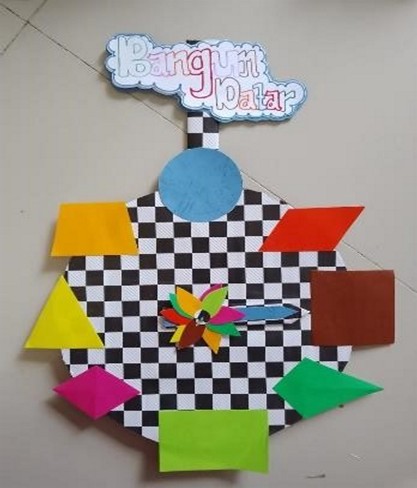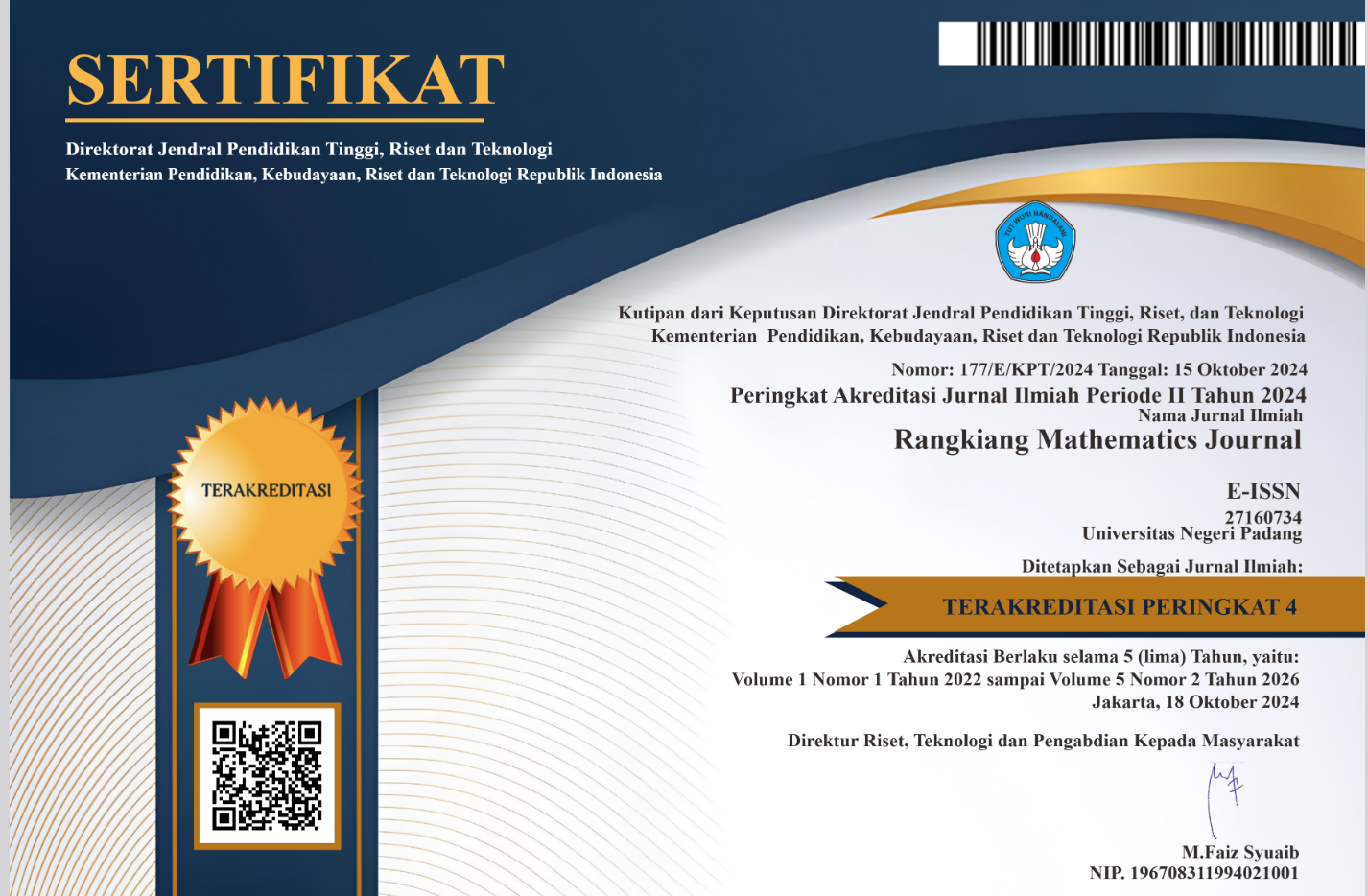Development of Flat Clock Miniature Learning Media in 5th Grade of Elementary School Mathematics Learning
DOI:
https://doi.org/10.24036/rmj.v4i2.72Keywords:
Development, Miniature Clock Media, Flat Shape, Mathematics LearningAbstract
Learning mathematics in elementary school often presents difficulties for students, particularly in understanding the abstract concepts of flat shapes. Students tend to struggle with geometric and spatial reasoning, especially when lessons are delivered without concrete and systematic learning aids. To address this issue, innovative learning media are needed to enhance conceptual comprehension and engagement. This study focuses on the development of a Flat Clock Miniature as a learning medium for fifth-grade elementary students. The purpose of this design-based research is to develop a prototype of a miniature flat clock that can facilitate students’ understanding of plane geometry. Data were collected through documentation, including books and relevant journal articles concerning the use of manipulative learning media in mathematics, particularly on flat shapes for elementary learners. Additionally, the researchers designed the flat clock miniature using simple and readily available materials to ensure accessibility and practicality. The analysis employed a descriptive qualitative approach to explain the development process, structure, and instructional function of the medium. The results show that the Flat Clock Miniature, supported by the use of a projector-based display, can potentially improve students’ comprehension of flat shapes and make mathematics learning more interactive and less monotonous. The study concludes that the effective use of innovative media by teachers can bridge the gap between teaching objectives and students’ understanding, thereby improving learning outcomes in elementary mathematics.
















